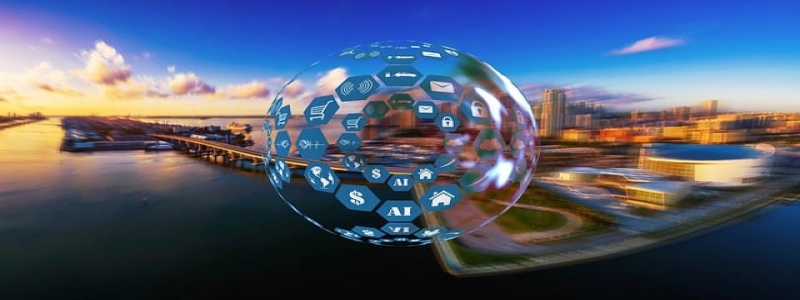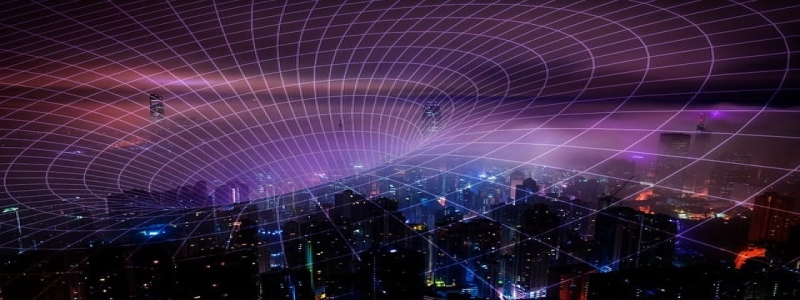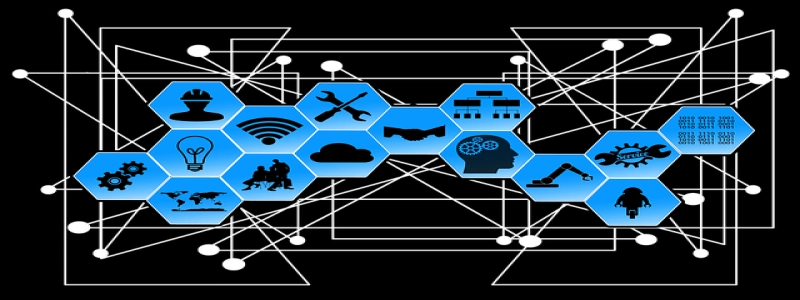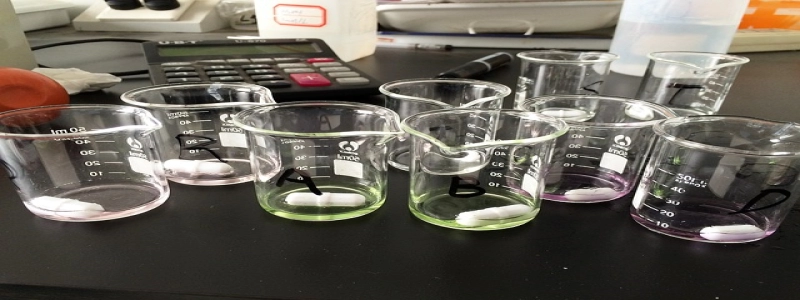Radar Attenuation: Understanding the Phenomenon and Its Impact
Introduktion:
Radar systems are widely used across various industries and applications, serving purposes such as weather monitoring, aviation, navigation, and military operations. These systems rely on the ability of electromagnetic waves to travel through the atmosphere and reflect off objects to detect their presence and calculate their distance. dock, the effectiveness of radar is influenced by a phenomenon known as radar attenuation, which refers to the reduction of signal strength as it propagates through a medium. This article will delve into the concept of radar attenuation, its causes, and its implications in different scenarios.
Understanding Radar Attenuation:
Radar attenuation occurs due to the absorption, spridning, and reflection of electromagnetic waves as they encounter different materials and atmospheric conditions. This phenomenon leads to a decrease in both the amplitude and intensity of the radar signal, ultimately resulting in reduced detection range and accuracy. Attenuation can occur in various media, including the atmosphere, precipitation, vegetation, and man-made structures. Each material or condition exhibits unique attenuation characteristics, influencing the radar system differently.
Causes and Implications:
1. Atmospheric Attenuation:
The atmosphere is the primary medium through which radar signals travel, and it exhibits certain properties that can cause attenuation. Factors such as atmospheric gases, such as oxygen and water vapor, and suspended particles like dust and air pollution can attenuate radar waves. These elements absorb and scatter the electromagnetic energy, reducing the signal strength in the process. Atmospheric attenuation is particularly prominent at higher frequencies, such as millimeter waves.
2. Precipitation Attenuation:
Rain, snow, and other forms of precipitation can significantly impact radar performance. When radar signals encounter precipitation, they undergo scattering and absorption, leading to severe attenuation. The larger and denser the particles in the precipitation, the stronger the attenuation effect. This can result in reduced visibility and compromised radar detection capabilities, especially in heavy rain or snowfall conditions.
3. Vegetation Attenuation:
Vegetation, particularly dense forests or foliage, can cause significant radar signal attenuation. The foliage’s high water content and complex structure scatter and absorb radar waves, reducing their strength. This can lead to challenges in forest monitoring, agricultural surveys, and other applications where radar is used to detect objects behind or within vegetation.
4. Building and Structure Attenuation:
Man-made structures like buildings, bridges, or any solid object have the potential to attenuate radar signals. Depending on their composition and geometry, these structures can cause reflection, spridning, and absorption of electromagnetic waves. This attenuation phenomenon can impact radar-based structural inspections, surveillance, and other applications where radar is deployed.
Slutsats:
Radar attenuation is an essential factor to consider when assessing the performance and reliability of radar systems. Understanding the causes and implications of attenuation enables engineers and operators to optimize radar design, deploy appropriate mitigation techniques, and accurately interpret radar data. Overcoming the challenges posed by attenuation helps ensure the successful operation of radar technologies in various fields, contributing to improved safety, efficiency, and decision-making capabilities.








